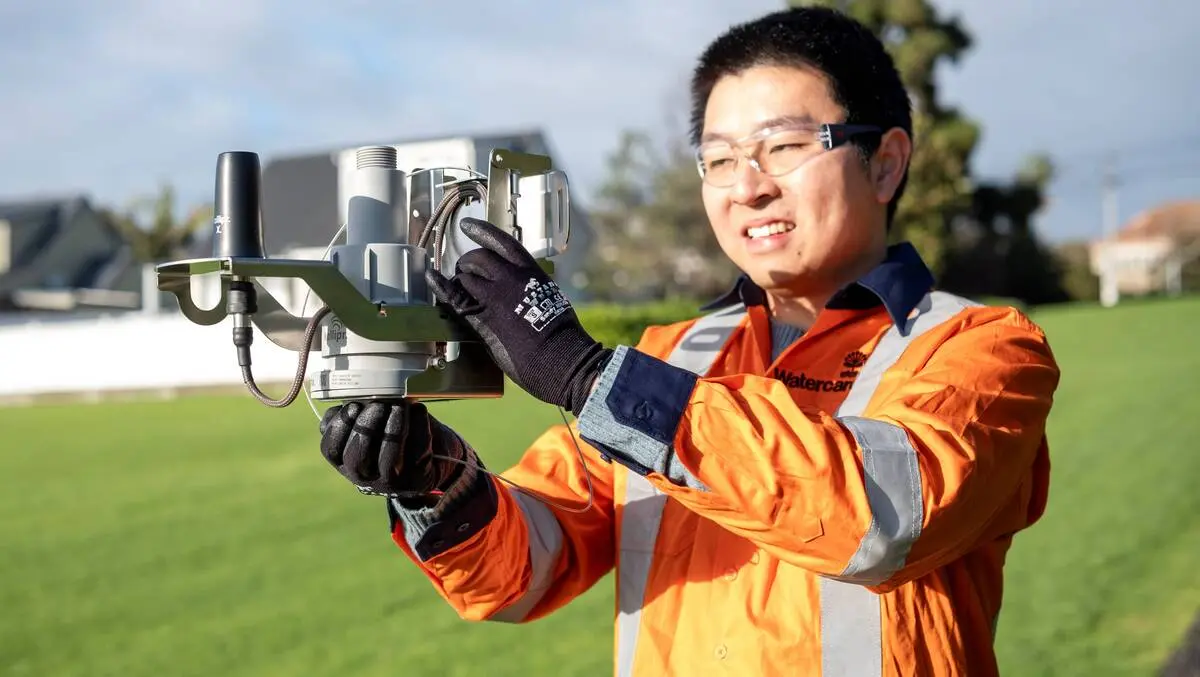
Watercare installs smart sensors for edge-powered sewer monitoring
Watercare is deploying 5,000 smart sewer sensors across Auckland in partnership with Kallipr to enhance real-time monitoring and management of wastewater overflows.
The large-scale sensor rollout represents a new approach to digital infrastructure in New Zealand's wastewater sector, with the use of edge-intelligent devices capable of interpreting and responding to sewer conditions directly at the source.
The initiative leverages devices designed and manufactured by Brisbane-based Internet of Things company Kallipr. These sensors incorporate edge-based logic, distinguishing them from conventional systems that rely on cloud processing alone. The deployment is intended to detect and address issues such as blockages, pipe failures, and groundwater intrusion in real time, supported by an artificial intelligence analytics platform.
By shifting decision-making capabilities to the edge of the network, Watercare aims to reduce communication overheads, enhance system longevity, and facilitate earlier identification of potential problems, including spills and environmental hazards.
"What's unique here is where the intelligence lives," said Dave Moore, Smart Systems Manager at Watercare.
Moore explained the benefits of this decentralised approach: "By shifting processing out to the edge, we're cutting down on cloud consumption and enabling the network to respond faster, closer to the source of the issue in near real time. It means less lag, less noise, and far more confidence in how we manage events as they unfold."
The sensors are being installed across the city, including flood-prone areas such as Wairau. Each device is fitted beneath manhole lids and uses radar sensing, TinyML-powered logic, and long-life batteries to monitor sewer conditions autonomously. The sensors' ability to modify sampling rates in response to anomalies is expected to help prevent numerous overflows each year.
This project forms part of a NZD $12 million Smart Network Programme dedicated to integrating digital technologies and artificial intelligence software into Watercare's infrastructure. By providing embedded intelligence within the network, the programme seeks to accelerate detection and response times, alleviate pressure on cloud resources, and extend the operational lifespan of existing assets.
"Many utilities are still focused on collecting more data but the next leap forward is creating intelligence in the field," said Gerhard Loots, CEO of Kallipr. "This deployment shows how utilities can evolve from data-heavy, cloud-reliant systems to a model that's faster, leaner, and built for real-world complexity. Watercare is leading with a future-ready approach that others can follow."
At the centre of this deployment is Kallipr's Spectra sensor, which is engineered to endure the challenging environment of a sewer network. The device is capable of withstanding corrosive gases, submersion, animal interference, and limited connectivity. It captures level data every 15 minutes and increases sampling frequency if signs of overflow or blockage are detected.
The sensor utilises low-power LTE networks, specifically NB-IoT and Cat-M1, while on-board TinyML allows the device to adapt and optimise responses locally. To minimise connectivity disruptions common in underground infrastructure, Spectra employs dual SIMs and edge-based logic to evaluate and select the most reliable available network continually.
Fleet management of the devices is handled through Kallipr Kloud Fleet, an IoT fleet management platform built on Microsoft Azure, which offers Watercare remote visibility and control over thousands of distributed units.
Edge processing is anticipated to lower ongoing operational costs by reducing bandwidth usage, energy consumption, and dependence on cloud infrastructure, as well as decreasing field visits and emissions associated with spill response and maintenance.
The Watercare programme demonstrates a broader transition in utility infrastructure strategy, prioritising the distribution of intelligence throughout the network. Moving towards edge logic-driven systems is seen as a means to improve responsiveness, enable more efficient cost management, and adapt to long-term operational needs.


